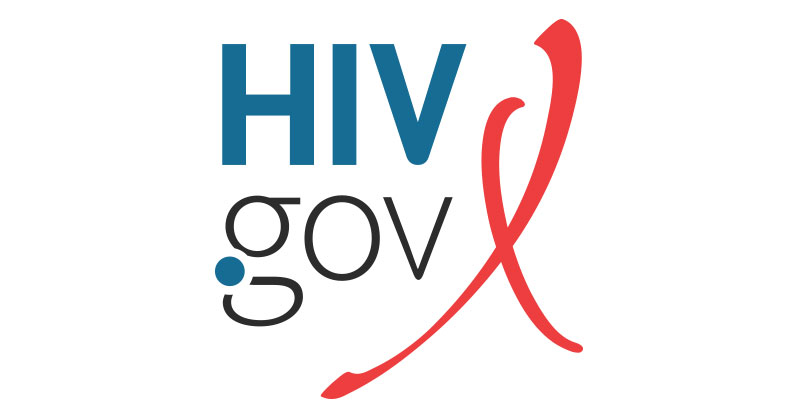This content originally appeared on HIV.Gov. View the full article here.
Dear Colleague:
Today, as part of CDC’s quarterly HIV Surveillance Data Tables, CDC published preliminary data on pre-exposure prophylaxis (PrEP) coverage. These preliminary data (Tables 3A-3C) indicate that in 2022, for the first time, more than one-third of people in the U.S. who could benefit from PrEP had been prescribed it. Increasing PrEP coverage is one of the key prevention strategies outlined in the Ending the HIV Epidemic in the U.S. (EHE) initiative.

These data provide additional evidence that HIV prevention efforts in the U.S. are moving in the right direction. Earlier this year, CDC published data that showed accelerated progress in reducing new HIV infections over the past five years, likely due to expanded testing, treatment, and PrEP. This progress is promising, and efforts must be further strengthened and expanded to reach all populations equitably and achieve our national goals.
Overall in 2022, 36% of the 1.2 million people who could benefit from PrEP were prescribed it, compared to 23% in 2019, the year that EHE was announced. Today’s data also show progress in increasing PrEP uptake in virtually all EHE jurisdictions, despite the unprecedented public health challenges funding recipients faced during this period with the COVID-19 pandemic and outbreaks of mpox, which consumed considerable resources as EHE efforts were just getting underway.
While EHE jurisdictions across the nation were able to increase PrEP coverage during this period, substantial disparities and gaps in coverage remain. This is true across communities (Table 3C), and by sex and race/ethnicity.
While the preliminary data show improvement in PrEP prescriptions among all racial/ethnic groups from 2019 to 2022, the reach of this strategy is far from equal, and severe and widening inequities persist. Estimates suggest 94% of White people who could benefit from PrEP have been prescribed it, but only 13% of Black and 24% of Hispanic/Latino people who could benefit have been prescribed PrEP.

The 2022 preliminary data indicate that more than 40% of males who could benefit from PrEP were prescribed it, compared with 15% of females.

Deeply entrenched social determinants of health cause and exacerbate many of these disparities and their outcomes. Most new HIV infections in 2021 were among gay and bisexual men, the majority of whom were Black or Hispanic/Latino. About one-fifth of new HIV infections in 2021 were among women, and over half of those were among Black women. These data highlight the importance of focusing programs and policies to accelerate progress in prevention and treatment for disproportionately affected groups, particularly Black and Hispanic/Latino men and women.

CDC has continued to work to increase PrEP outreach in communities with unmet needs, including recently increasing funding for STI and other clinics to deliver PrEP as part of comprehensive sexual health services and expanding campaigns to reach Black women. Yet, prevention resources have not kept pace with needs.
Continued and expanded efforts will be vital to overcome the significant barriers that continue to hinder PrEP uptake, including lack of knowledge and lack of trusted or easily accessible PrEP providers in many communities. To end the HIV epidemic, we must ensure equitable access to HIV testing, treatment, and prevention, including PrEP. This will require increased investments in community outreach, education, and services, as well as efforts to address the root causes and social determinants that contribute to HIV disparities.
Thank you for your continued collaboration and support for HIV prevention. We will continue to provide updates on our collective progress, as we strive to end this epidemic for all.
Sincerely,
/Robyn Fanfair/
Robyn Neblett Fanfair, MD, MPH
Captain, USPHS
Acting Director
Division of HIV Prevention
National Center for HIV, Viral Hepatitis, STD, and TB Prevention
Centers for Disease Control and Prevention
www.cdc.gov/hiv

